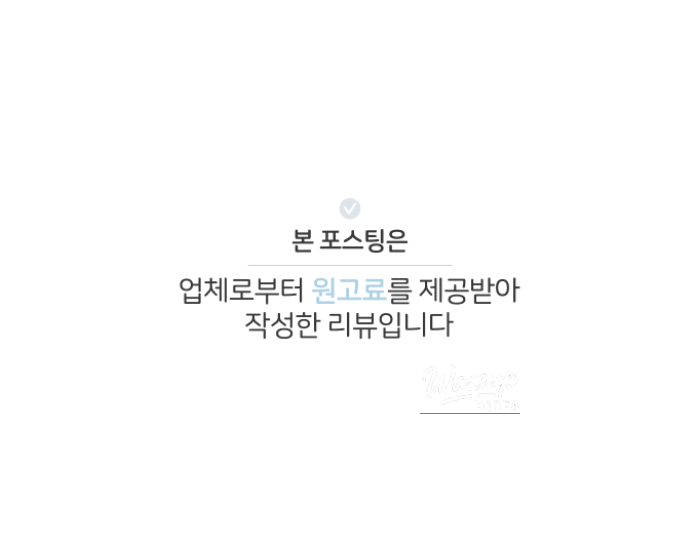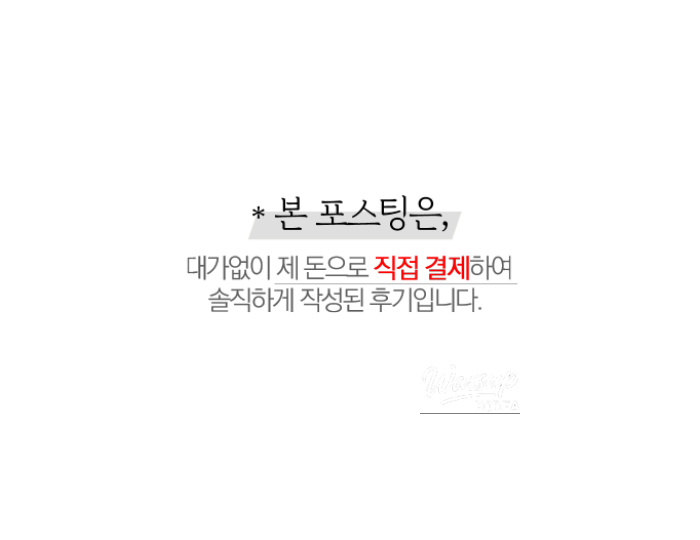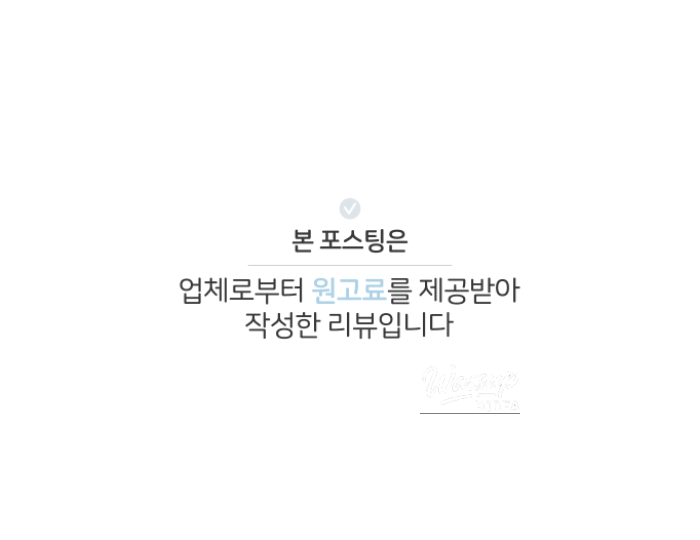Explore the Hittite Civilization: A Special Exhibition in Gimhae

Hello! This is Gimhae Tourism.
Did you know that a special Hittite exhibition is underway at the National Gimhae Museum and the Daeseong-dong Tombs Museum, two of Gimhae's most representative museums?
This exhibition, the first of its kind in Korea, is being held to commemorate the 1st anniversary of the Goryeong Gaya Tumuli being listed as a UNESCO World Heritage Site. It is carefully curated to be easily accessible and enjoyable for all visitors.
The exhibition is taking place simultaneously at the National Gimhae Museum and the Daeseong-dong Tombs Museum. Let me first introduce the 'Special Exhibition of Turkey - Hittite' at the National Gimhae Museum.
The 'Special Exhibition of Turkey - Hittite' will be held for approximately 5 months, from Tuesday, October 8, 2024, to Sunday, February 2, 2025.
Have you heard of the Hittites?
The Hittites were a great empire that ruled most of Anatolia and northern Syria from the 17th century BC to the 12th century BC.
Although less known than the Egyptian or Mesopotamian civilizations, the decipherment of cuneiform texts in the 19th century revealed that they were the strongest power in the ancient Near East, based on their outstanding Bronze Age culture.
This Hittite culture, the origin of the Iron Age civilization, is being showcased at the National Gimhae Museum's 'Special Exhibition of Turkey - Hittite' in the form of a prologue, parts 1-4, and an epilogue.
[Prologue] The Hidden Empire of Anatolia
[Part 1] The Strongest Empire in the Orient
[Part 2] The Land of a Thousand Gods
[Part 3] The Land That Used Two Scripts
[Part 4] The Life and Culture of the Empire
[Epilogue] The Legacy of the Hittite Empire, Blooming in Gaya
The exhibition features 212 artifacts excavated from the Boğazköy-Hattusha ruins, the capital of the Hittite Iron Age culture, including bronze swords and clay tablets.
As the title of Part 3, 'The Land That Used Two Scripts,' suggests, the Hittites used both cuneiform and hieroglyphic scripts.
Cuneiform was the script of the ruling class and used for official records, while hieroglyphs were for everyone and were mainly engraved on seals or monuments in public places.
There are papers available in the middle of the exhibition so you can try stamping these hieroglyphs.
You can carefully observe and experience hieroglyphs while looking at which stamp to use.
Now that you've learned about the 'Special Exhibition of Turkey - Hittite,' it's time to introduce the 'Yazılıkaya - Procession of the Gods' photo exhibition at the Daeseong-dong Tombs Museum!
Yazılıkaya is a ruin discovered in 1834, and its name means 'rock with writing' in Turkish. It was a place where the Hittite Empire worshiped its gods.
The Yazılıkaya ruins were built during the reign of Tudhaliya IV and were renovated during the reign of Suppiluliuma II to take on their current appearance.
The exhibited works were taken by curators from the National Gimhae Museum and professional photographers who visited Turkey in June and July, and a total of 12 pieces are on display.
The exhibition is designed to capture the images of various gods in the rock shrine in photos and videos, giving visitors a vivid feeling as if they were actually visiting the Yazılıkaya ruins.
Photobooths are available, and coffee grounds keyrings with Yazılıkaya gods engraved on them are also provided as souvenirs.
Come to the museum this week for a cultural recharge, to see the rarely seen Hittite civilization and enjoy a picnic with family, friends, or lovers in the cool weather!
*Please contact each museum for more detailed information about the exhibition.
National Gimhae Museum Location and Website:
Daeseong-dong Tombs Museum Location and Website:



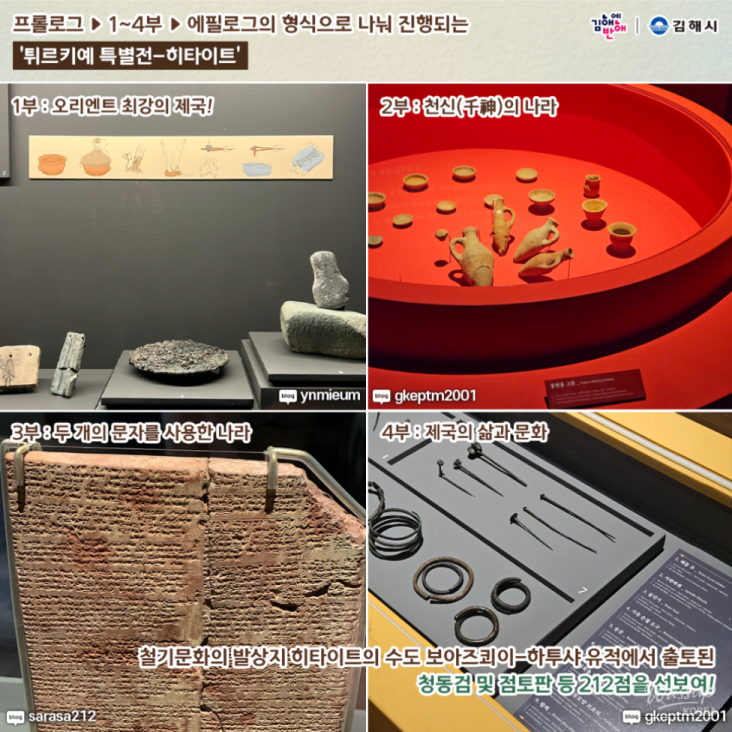
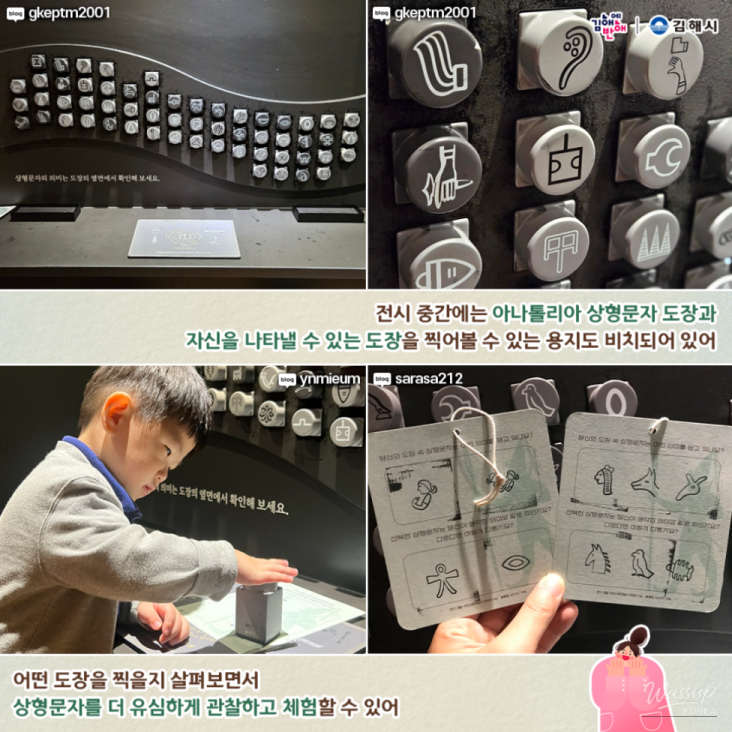



Source :https://blog.naver.com/ghhamohamo/223691966323
No comments yet.


